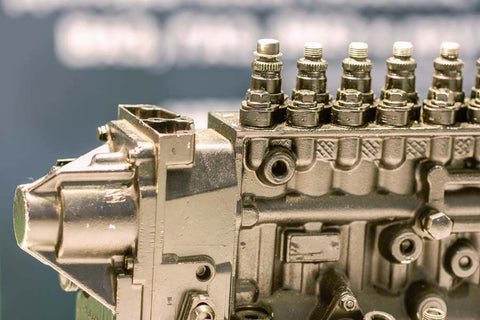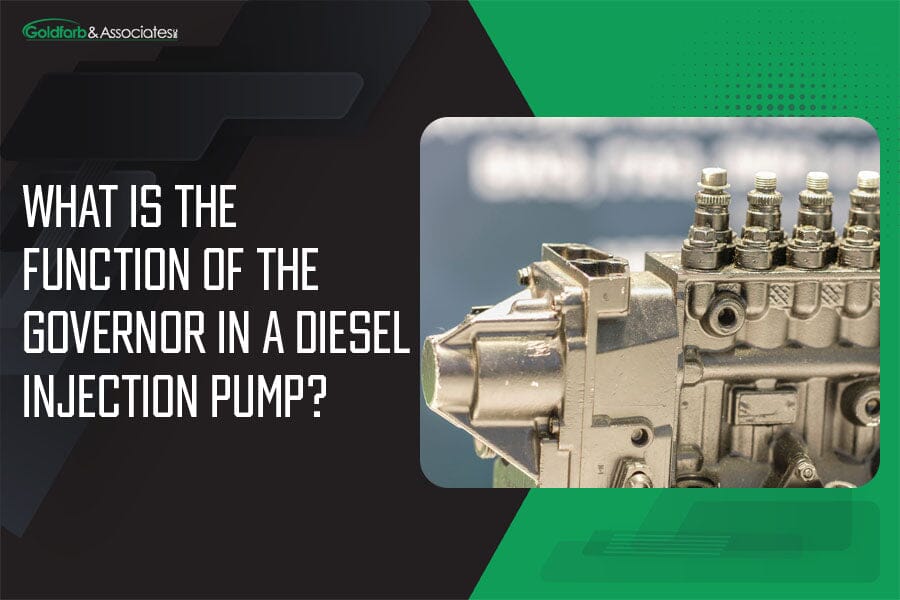Every diesel component has a specific function and importance in a vehicle. As you probably know, the injection pump is an instrument that pumps fuel into the diesel engine’s cylinders. And one of its parts is the governor, but what is the function of the governor in a diesel injection pump?
We will discuss its function and explain its importance in the fuel injection system and how it works. Let’s start!

Source: shutterstock.com / Photo Contributor: Anupong Nantha
What Is the Function of the Governor in a Diesel Injection Pump?
The injection pump is a key component in the fuel injection system of a diesel engine. It consists of various parts, including the fuel pump, governor, delivery valve, and injectors. You can find various injection pump parts for your engine maintenance requirements if you require them.
The injection pump’s primary function is to deliver the precise amount of fuel into the combustion chambers at the correct time. The fuel pump draws fuel from the tank and supplies it to the injection pump.
But what does the governor control in a fuel injection pump? The governor in a diesel injection pump is a crucial element, and its role is to control:
- The speed at which the diesel engine operates.
- The fuel in the engine cylinders.
- The fuel flow rate to the injectors by the load required by the engine. This is achieved by adjusting the position of the fuel rack inside the injection pump.
Moreover, the delivery valve ensures the fuel is injected into the combustion chambers at the required pressure and timing. Finally, the injectors atomize the fuel and deliver it into the combustion chambers.
How Does the Governor in a Diesel Injection Pump Work?
Without a properly functioning governor, the engine speed would be uncontrolled. This may lead to inefficient fuel consumption, excessive wear and tear of the engine’s components, and potential damage to the engine itself.
Although there are various types of governors, they all work the same way. They use a centrifugal mechanism to adjust the position of the fuel rack.
The fuel rack is a part of the injection pump that controls the quantity of fuel that goes into the combustion chambers. It is connected to the governor and moves back and forth based on the engine’s demand.
When the engine requires more power, the governor increases the fuel rack’s position, allowing more fuel to flow into the injectors. But what is the governor of a fuel injector? When less power is needed, the governor lowers the fuel rack, reducing the amount of fuel that goes into the injectors. So, it regulates the fuel flow to maintain a consistent and controlled engine speed.
The governor also works together with the fuel system’s speed control lever. This lever allows the operator to manually adjust the engine’s speed based on the load requirements. When the operator moves the speed control lever, it directly affects the governor, changing the fuel rack’s position and controlling the engine’s speed.

Source: shutterstock.com / Photo Contributor: Vereshchagin Dmitry
Conclusion
What is the function of the governor in a diesel injection pump? In short, it regulates the engine’s speed and controls the fuel supply to the injectors. By doing this, the governor ensures that the engine runs smoothly and efficiently.
Overall, the governor is an essential component. That is why it should be properly maintained for optimal durability and performance.



